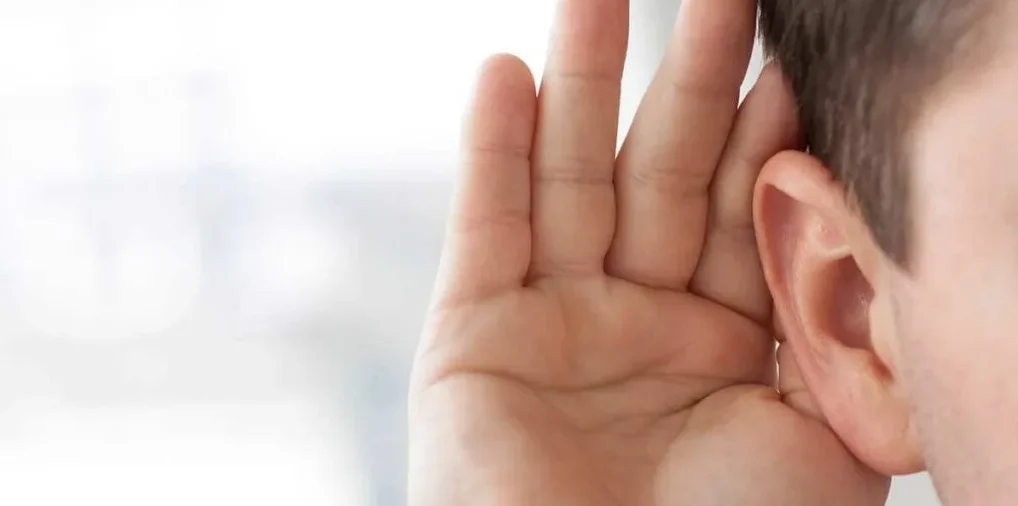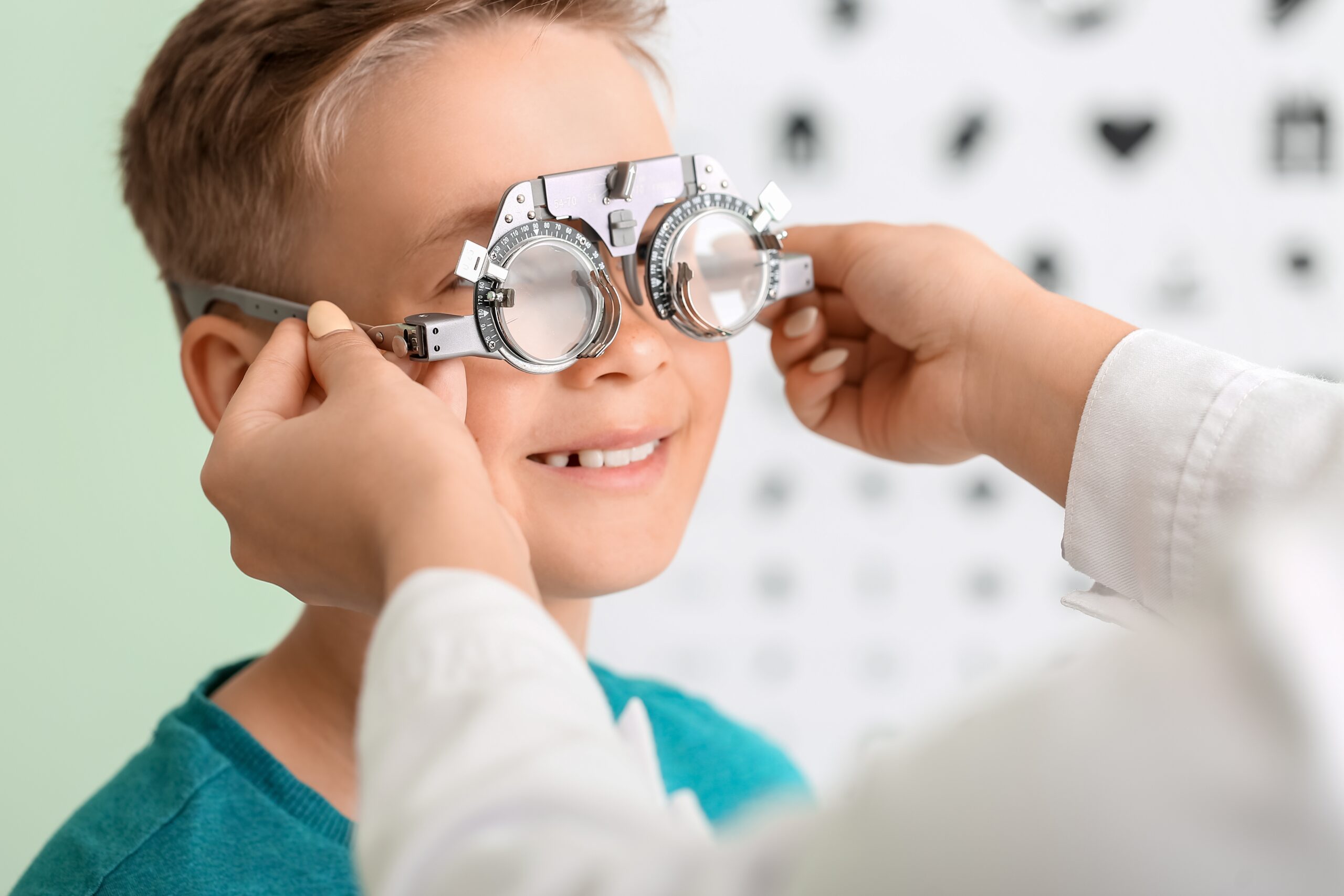What Is Hearing?

Here at SightMD, we understand that hearing is one of our most important senses. We use our hearing to take in the information around us and learn from our experiences. Life without hearing is not easy, but it is possible. SightMD is dedicated to providing only top-notch hearing services to our patients at our convenient locations. Whether you have minor hearing loss, or suffer from severe hearing loss, SightMD’s expert team of audiologists can help.
Hearing refers to our ability to perceive noise and sounds. Your hearing is used to listen to music, talk to people around you and assess social and environmental situations. Humans actually have a fairly narrow range of hearing compared to other species, and the structures that allow us to hear are susceptible to many conditions that can jeopardize our hearing abilities.
The distinction between listening and hearing is important. Listening is something that you do consciously when you’re trying to interpret or understand a sound that you heard. Although they are different, without hearing, you would not be able to listen. Not being able to hear the world around you can often lead to depression and feelings of isolation.
How Do We Hear?
Hearing is the ability to perceive sound by detecting vibrations through the ear. To understand how we hear and how we lose hearing, you must first understand the mechanisms of the ear. Without each of these components, you would not be able to hear effectively.
The human ear can be divided into three main components: the outer ear, the middle ear, and the inner ear.
The Outer Ear
The outer ear includes auricle, which refers to all visible parts of the ear (the earlobes, helix, etc.), as well as the ear canal and ends at the eardrum. The outer ear serves as a way to focus sound waves through the ear canal toward the eardrum. The eardrum is an airtight membrane, so when sound waves get to it, they cause it to vibrate following the waveform of the sound. If the eardrum becomes ruptured, it causes significant pain and possibly infection.
The Middle Ear
The middle ear is comprised of a small, air-filled chamber located in the middle of the eardrum. In this chamber are the three smallest bones in your body! These three bones are collectively known as the ossicles, but are sometimes colloquially referred to as the hammer, anvil, and stirrup. These bones are very important, as they help amplify and transfer sound from the eardrum to the inner ear. Without these three bones, hearing would be very difficult to accomplish.
The Inner Ear
The inner ear is where sound vibrations are processed into the sound we hear. The inner ear contains a sensory organ called the cochlea, which is filled with fluid and lined with thousands of tiny hair cells. When the vibrations get to the cochlea, they travel through the fluid and cause these hair cells to move. When the cells move, electrical signals are sent along the hearing nerve to the brain. Your brain then uses these electrical signals to interpret sound.
What is Hearing Loss?
There are multiple types of hearing loss. These are conductive hearing loss, sensorineural hearing loss, and mixed types. Hearing loss can also be divided into categories to describe the severity. These categories include:
- Mild hearing loss: Mild hearing loss means that a person has difficulties keeping up with conversations, especially in noisy surroundings. Most people with mild hearing loss do not need a hearing aid.
- Moderate hearing loss: People with moderate hearing loss have trouble keeping up with conversations without a hearing aid.
- Severe hearing loss: People with severe hearing loss have to depend on a powerful hearing aid to hear. They often rely on lip-reading even when they are using hearing aids. If you have severe hearing loss, it may be worth researching to see if other options like a cochlear implant or middle ear implants are a good option.
- Profound hearing loss: People with profound hearing loss are extremely hard of hearing, and primarily rely on lip-reading and sign language.
Hearing loss can be acquired (such as from injury or infection) or a result of genetics and congenital conditions. If you suspect that you may have hearing loss, it’s important to see a qualified audiologist at SightMD as soon as possible. Hearing loss is treatable, but the sooner it’s treated, the better.
Why Is Hearing So Important?
Most people are able to understand that hearing is important, but have trouble articulating exactly why. The sounds you hear each day serve to make your life richer. Birds chirping, a child laughing or your favorite song have value that is intangible, but still shapes your everyday life in ways that we often take for granted.
Your hearing is also a learning tool, warning us of potential danger and allowing us to pick up on social cues. Hearing fire alarms, a telephone ringing or a car horn can all be extremely important in a dangerous situation. If you can’t hear the sounds around you, you may miss something critical. Hearing is one of our most precious senses, and is crucial for remembering the world around us. A memory is not as crisp if you cannot hear what was in the background. Whether you’re imagining the sound of your favorite band or your mother’s singing voice, hearing is part of the way your brain remembers.
It is easy to take your hearing for granted, and that is why SightMD works hard to help people preserve their hearing and provide hearing loss coping skills. If you are interested in hearing services at SightMD Contact SightMD today to schedule an appointment with one of our doctors to discuss your hearing health at one of our convenient locations! If you have hearing loss, a world without hearing can be avoided with proper treatment!


